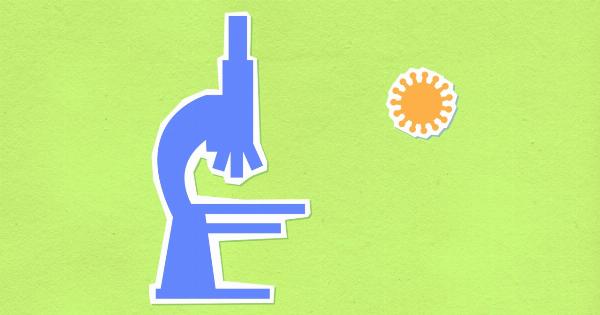When it comes to our health, it’s important to be able to distinguish between a cold and a heal. While both can make us feel under the weather, knowing the difference can help us seek the right treatment and recover faster.
In this article, we will explore the dissimilarities between a cold and a heal, including their causes, symptoms, and possible remedies.
Causes
A cold is primarily caused by a viral infection. The most common culprits are rhinoviruses, which account for the majority of cold cases.
These viruses are highly contagious and can spread through droplets from an infected person’s coughs or sneezes, as well as by touching contaminated surfaces.
On the other hand, a heal is not caused by a virus but rather by an injury or strain to a muscle or tendon. This can happen due to vigorous physical activity, poor posture, or repetitive movements.
Unlike a cold, a heal is not contagious and is usually the result of overexertion or an accident.
Symptoms
The symptoms of a cold and a heal are distinct and can help differentiate between the two conditions.
Common symptoms of a cold may include:.
- Runny or stuffy nose
- Sneezing
- Sore throat
- Cough
- Headache
- Fatigue
- Mild body aches
- Mild fever (in some cases)
On the other hand, the symptoms of a heal may vary depending on the specific injury but typically include:.
- Pain or tenderness in the affected area
- Swelling or inflammation
- Restricted movement
- Difficulty bearing weight (in the case of foot or leg heals)
- Warmth or redness (in some cases)
- Stiffness or muscle spasms
Treatment
Since a cold and a heal have different causes, their treatment approaches are also distinct.
When dealing with a cold, the focus is on alleviating symptoms and allowing the body’s immune system to fight off the virus. Some common remedies for a cold include:.
- Drinking plenty of fluids to stay hydrated
- Resting and getting enough sleep
- Taking over-the-counter pain relievers to reduce fever and body aches
- Using saline nasal sprays or rinses to relieve nasal congestion
- Gargling with warm saltwater to soothe a sore throat
- Using cough suppressants or expectorants to manage cough symptoms
- Applying a cold compress to address headache or fever
- Using over-the-counter cold medications to relieve specific symptoms (consult a healthcare professional, especially for children)
When it comes to healing a heal, the following approaches may be effective:.
- Resting and avoiding activities that exacerbate the pain
- Applying ice packs to reduce swelling and inflammation
- Using compression bandages or braces for support
- Elevating the affected area to minimize swelling
- Taking over-the-counter pain relievers to manage discomfort
- Performing gentle stretching and strengthening exercises (once advised by a healthcare professional)
- Undergoing physical therapy to promote healing and restore mobility
- In some cases, surgery may be necessary to repair severe injuries
Prevention
Prevention is key when it comes to avoiding both colds and heals.
Reducing the risk of catching a cold can be achieved by:.
- Regularly washing hands with soap and water
- Avoiding close contact with individuals who have a cold
- Using tissues or the crook of the elbow to cover coughs and sneezes
- Disinfecting frequently touched surfaces
- Boosting the immune system through a healthy diet and regular exercise
To prevent heals, it is important to:.
- Wear appropriate protective gear during physical activities or sports
- Engage in proper warm-up and cool-down routines
- Pay attention to correct form and technique
- Gradually increase the intensity and duration of exercises
- Listen to the body and avoid overexertion
Conclusion
In summary, understanding the differences between a cold and a heal is crucial for effective treatment and prevention.
While a cold is caused by a viral infection and presents with symptoms like sneezing and a sore throat, a heal is the result of an injury or strain to a muscle or tendon, leading to symptoms such as pain and swelling. By recognizing these dissimilarities and taking appropriate measures, we can recover from a cold more quickly and prevent heals from occurring.




























